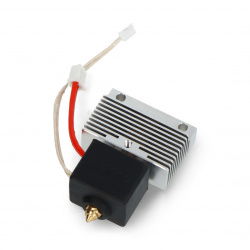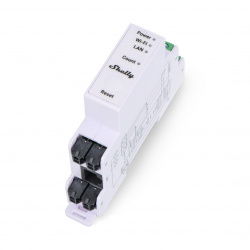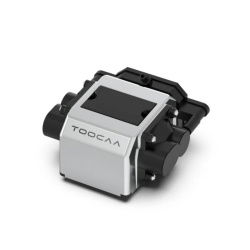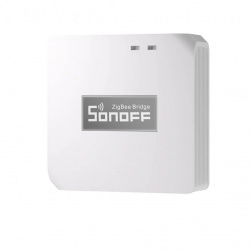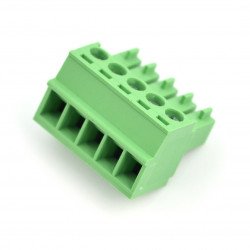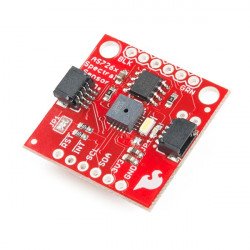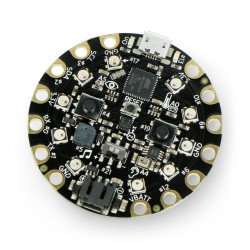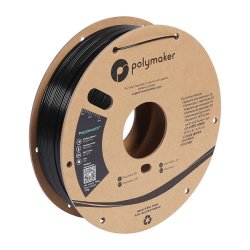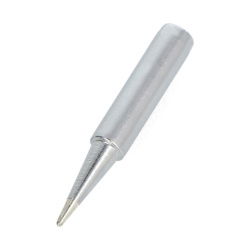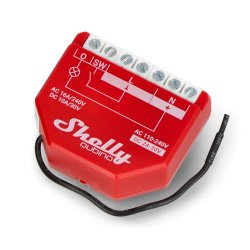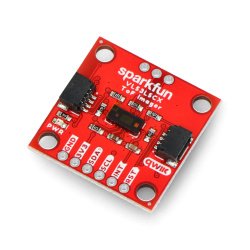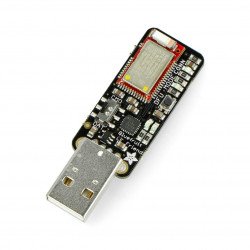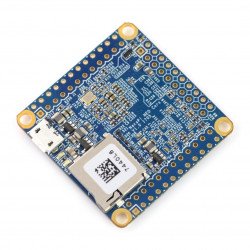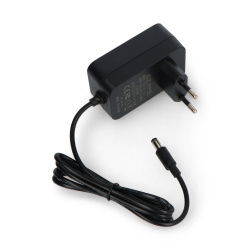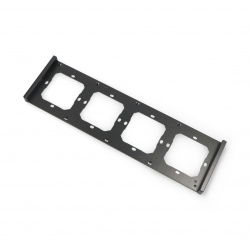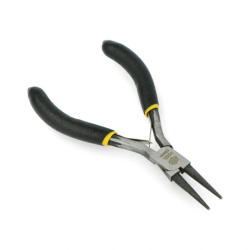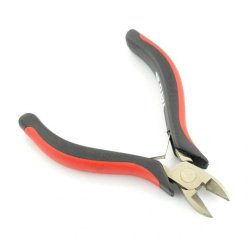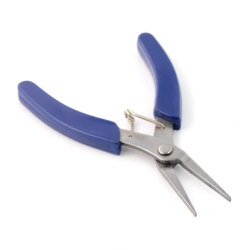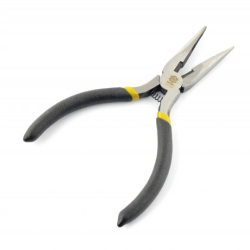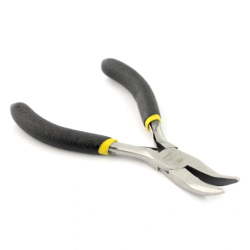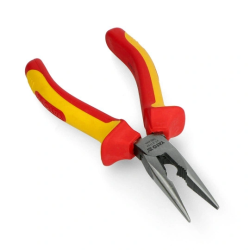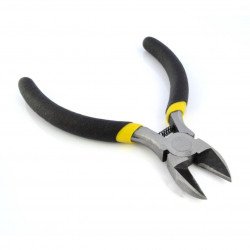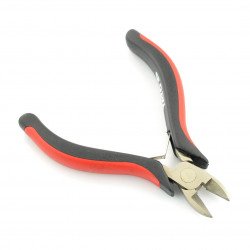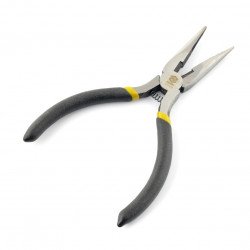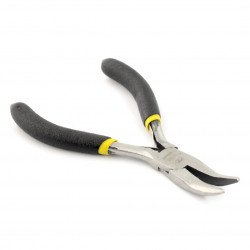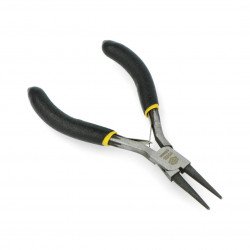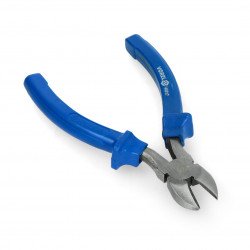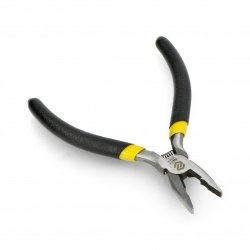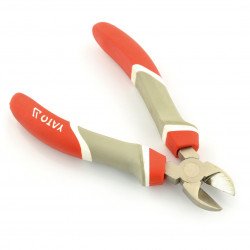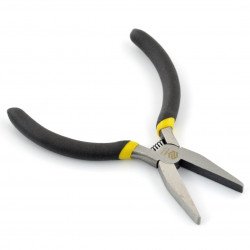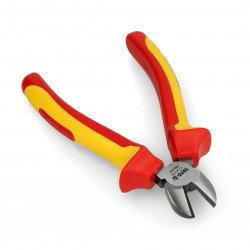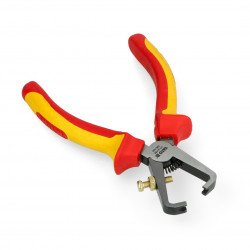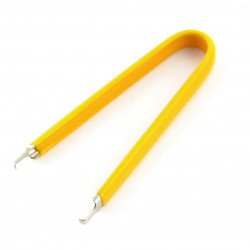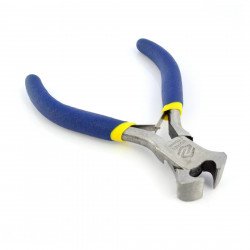The pliers are hand tools used in the daily work of the electronics, electrician, do-it-yourself and robotics. They are used in many areas where it is necessary to cut cables or wires. They are distinguished by their profiled handle, which makes them easy to hold, and their sharpness, which makes it possible to cut cables with even larger cross-sections. The pliers come in different variants, the most popular are pliers, which can be found in practically every house. They are useful not only for professional work, but also for small repairs and renovations. The pliers are not only used for trimming, but also for machining details, loosening and screwing. So they have a versatile purpose, so you can't miss them in your workshop either. The pliers are available in different lengths, which determines their purpose and scope of use. You can use individual models or opt for a set of pliers with different types of pliers, which will extend your service and repair possibilities.
Pliers
Side cutters 110mm Vorel 42301
Side cutters 110 mm long. Product shipped with a handle in black, red or blue.Yato YT-2081 - 115mm cutting pliers
115mm long side cutter pliers made of carbon steel with nickel-plated finishes. They have a comfortable handle made of TPR plastic which prevents your hand from slipping.Straight pliers 125mm Vorel 42303 - black
Vorel model 42303 125 mm straight pliers with a serrated jaw surface and profiled cutting blades. The handle is covered with comfortable plastic caps. Ideal tool for...Pliers set Vorel 42309 - 6 pcs.
Includes pliers : straight 125 mm, bent 120 mm, side cutter 110 mm, face cutter 105 mm and pliers 120 mm and 125 mm.Straight pliers 150mm - Vorel 42305
Straight pliers 150 mm long. The handle is covered with comfortable rubber pads for a stable grip .Pliers set Vorel 42308 - 4 pcs.
Comes with pliers: elongated bent 125 mm, pliers 120 mm, straight 125 mm and side cutter 110 mm.Round metal pliers - 125mm - Vorel 42307
Metal, round pliers, so called storks for forming wire. Length 125 mm.Cutting pliers 160mm - Vorel 40047/40017
Side cutting pliers 160 mm long. The pliers are supplied in green-grey, black-yellow and blue-yellow.Yato YT-2036 - 160mm side cutting pliers
160mm long side cutter pliers made of carbon steel with nickel-plated finishes. They have a comfortable handle made of TPR plastic which prevents your hand from slipping.Side cutters 160mm VDE Yato YT-21158
Side cutting pliers 160 mm long . The core of the cutters is made of CrV chrome-vanadium steel. The handles are covered with an anti-slip and insulating VDE coating. The...Straight extended pliers 160mm VDE Yato YT-21154
Long straight pliers 160 mm long . Their metal construction is made of high quality CrV steel. Specially designed anti-slip handle , VDE certified, provides protection when...Pliers 160mm VDE Yato YT-21151
Universal pliers 160 mm long made of high-quality CrV steel. The combination pliers have an anti-slip VDE insulation coating, allowing them to work with voltages up to 1000...Pliers - wire stripper 160mm VDE Yato YT-21160
Made of high quality CrV steel , precision pliers for stripping cable insulation. They have a handle coated with VDE insulating and anti-slip material. They can be used for...Pressure plate - U-BAR GH-40323 quick-release clamp - 163kg
Compression tool with 163 kg. Operating range of handle from 12,5 mm up to 20,5 mm. Multi-purpose use.Disassembly tool for DIP elements - 38mm
Tool for easy removal of DIP chips from slots and sockets. Maximum jaw opening is 38 mm.Cutting pliers 110mm - Vorel 42302
Front cutting pliers for precision work with a length of 110 mm, handle is blue or black.See also
Cutting pliers for various jobs
Cutting pliers, also called cutters, are used - as the name suggests - to cut and shorten electrical wires (cables), free ends of cable ties, plastic and metal rods, thin pneumatic and hydraulic lines, as well as heat shrink tubes and any other elements of this type .
However, it is worth knowing that each type of pliers is also useful for slightly different, non-obvious applications. Delicate, short pliers, about 10 to several centimeters long, should be used for soft materials and metals with a small cross-section (e.g. thin wires). Attempting to cut too thick a cable, a rod made of a hard material (e.g. steel), or metal profiles causes immediate damage to the delicate cutting edges, which leads to irreversible deterioration of their quality, or even makes it impossible to further use the tool for working with thinner objects.
Cutters used in electronics assembly (including side cutters)
Small pliers with sharp, delicate edges are ideal for cutting small-diameter electrical wires, shortening thin leads of through-hole electronic components or cutting heat shrink tubes. You should use more expensive, high-quality tools carefully and always have stronger, larger cutting pliers at hand, which will be useful for cutting off thick (1 mm and more) ends of electronic components - e.g. diodes or high-power resistors . Both side and front cutters are necessary to precisely cut the ends of components soldered to a printed circuit board. The choice depends on how much space we have for "approaching" the cutting tip close to the wire to be cut. Working with appropriate tools, e.g. for stripping insulation, is not only more effective, but above all safer.
Flat-nose pliers - an extension of your hands in precision workshop work
Flat-nose pliers can in some cases replace tweezers - if you want to shape a piece of wire, e.g. bend a thin modeling rod or bend the tip of a high-power diode, precision flat-nose pliers are the best choice. Also when heating a small element (e.g. when you want to tighten a heat shrink tube on it), the tongs will be a great help - they will protect your fingers against burns and allow you to perform the entire operation precisely. It is worth having both straight and curved pliers at hand - the choice will be made depending on the angle at which you will have to approach the element to be held with the tool tips. In this category you will also find various types of pliers for specific applications (e.g. for plumbing work). We also offer locking pliers, adjustable pliers, locking pliers, round nose pliers and other models used in various activities related to repairing, installing or diagnosing devices. Check which other pliers will help you in your everyday workshop work!
Pliers - FAQ
Metal pliers are used to grip and manipulate various parts, as well as to cut hard elements, such as wire. Specially designed types of metal pliers are used as insulation strippers .
There are side, front and automatic pliers to choose from - they are selected depending on the application. It is worth choosing pliers made of hard, certified tool steel and equipped with a VDE safety certificate.
Insert the cable into the opening between the jaws of the pliers, then clamp the pliers firmly and pull the handle towards the end of the cable.
































































































































































































































































































































